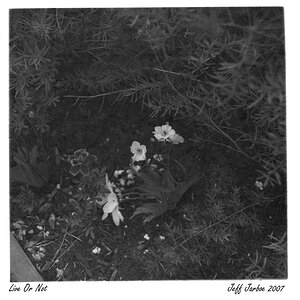jatakacs
TPF Noob!
- Joined
- Nov 25, 2015
- Messages
- 7
- Reaction score
- 2
- Can others edit my Photos
- Photos OK to edit
Simple question to help my wife:
How do I achieve the look as seen in the attached link? The foreground is light and the background is ringed dark. We commonly see it in professional outdoor portrait photos and are having trouble replicating it with both camera settings and Photoshop.
kelli packer photography - Google Search
Is there a name for this effect?
My wife is using a Nikon D7000 with 50mm and 85mm prime lenses as well as a Photoshop CC subscription.
Any advice would be helpful!
How do I achieve the look as seen in the attached link? The foreground is light and the background is ringed dark. We commonly see it in professional outdoor portrait photos and are having trouble replicating it with both camera settings and Photoshop.
kelli packer photography - Google Search
Is there a name for this effect?
My wife is using a Nikon D7000 with 50mm and 85mm prime lenses as well as a Photoshop CC subscription.
Any advice would be helpful!














![[No title]](/data/xfmg/thumbnail/38/38261-db20f6f92ee8f0d4c5cf1536e308638b.jpg?1619738546)